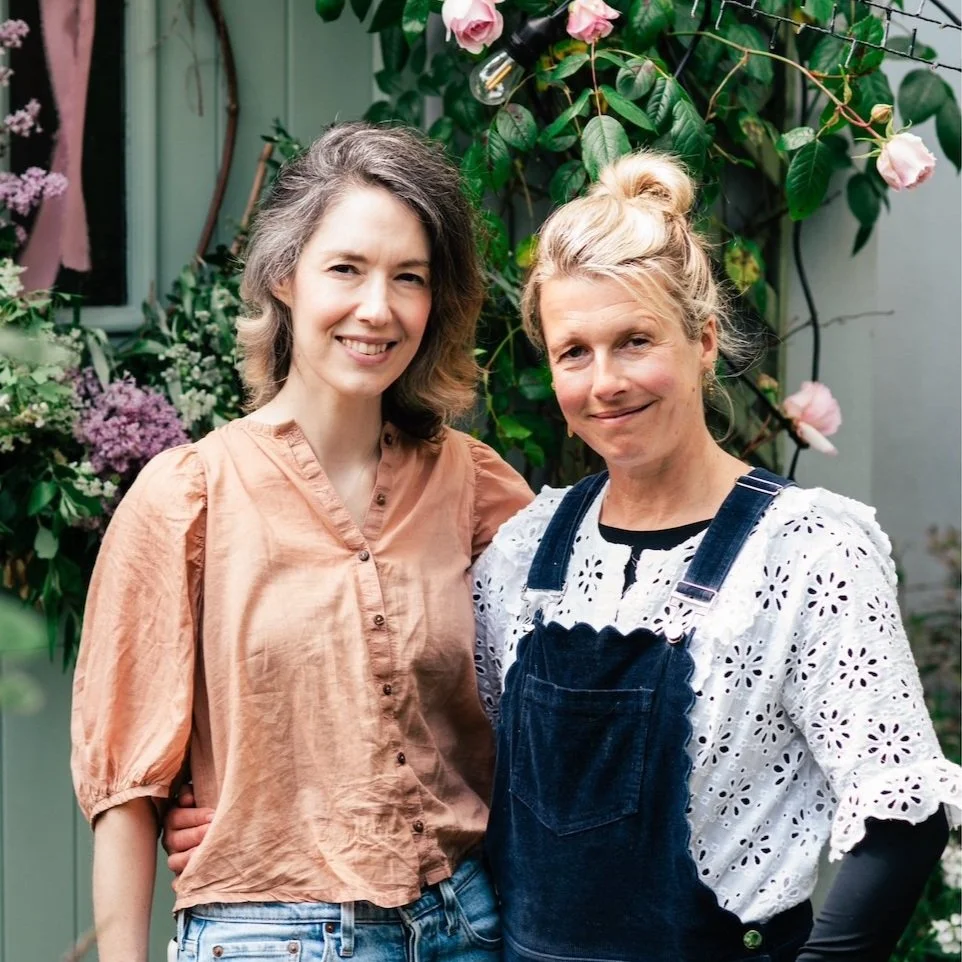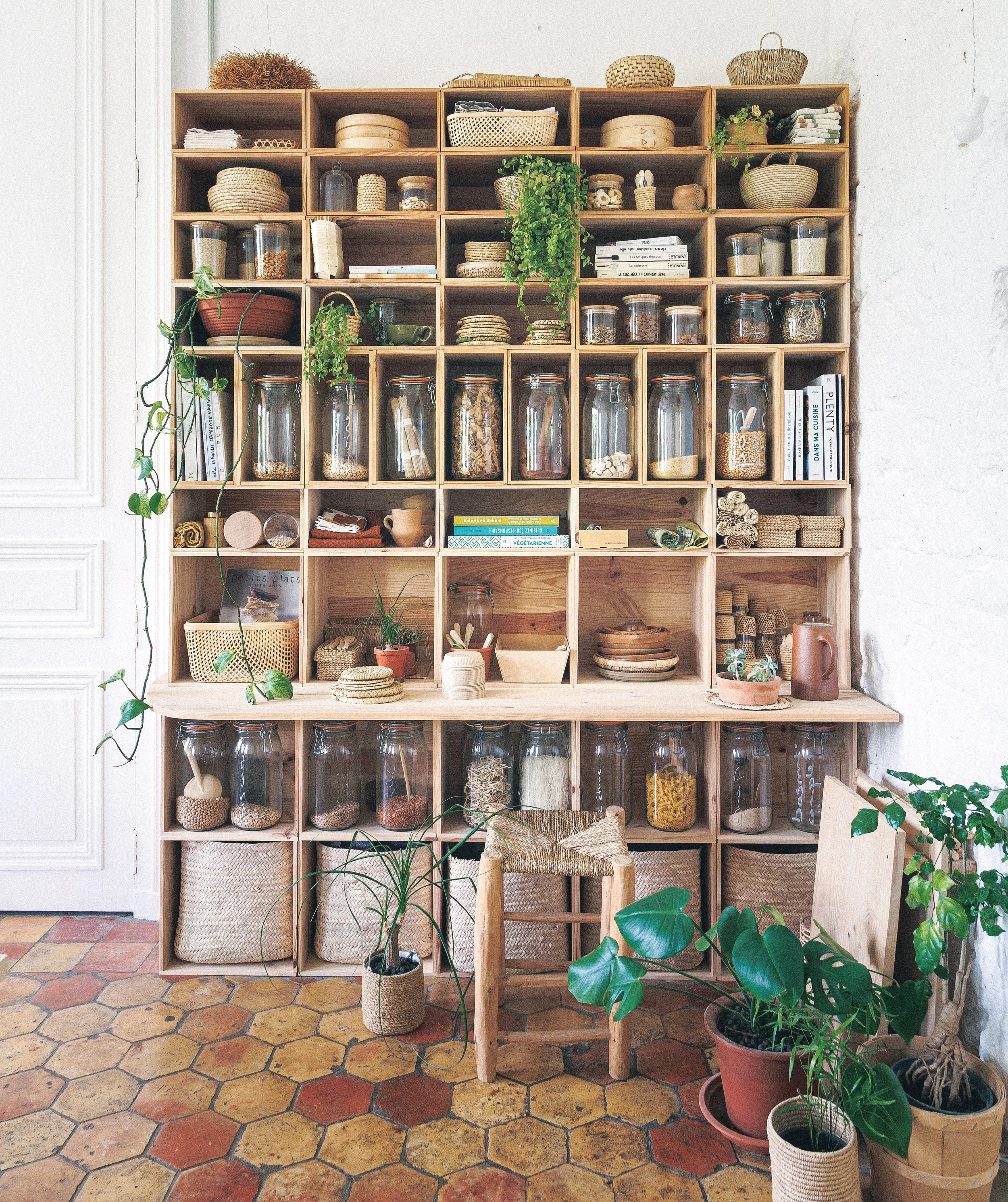What Does “Decorating With The Seasons” Really Mean?
In this episode of the Slow Style Home podcast, I sit down with Kay Pressney and Becca Cherry, authors of 'A Home for All Seasons.' They advocate for aligning home decor with the natural cycles of the seasons, instead of commercial holidays. Both guests share how their deep-rooted connections to nature influence their design philosophies and discuss the concept of biophilic design, which integrates natural elements into built environments.
The conversation explores how small, mindful changes in our homes can enhance well-being and creativity, emphasizing the use of natural materials, colors, and textures. We also discuss how being attuned to the seasons can foster a deeper connection to nature and a more mindful, balanced lifestyle.
KEY TAKEAWAYS
You know how all the retailers start putting out Valentine's Day stuff before we've even recovered from December? And how they roll out Halloween in August? Sometimes it feels like our homes and lives are dictated by these commercial cycles. What if we could break away from this and instead connect our homes with the natural rhythm of the seasons? That’s exactly what my two guests, Kay Prestney and Becca Cherry, advocate for in their beautiful book, *A Home for All Seasons*.
Kay and Becca encourage us to reflect on nature's bounty and resilience, finding inspiration that goes beyond heart replicas and plastic pumpkins. Their approach to home decor and living is rooted in the natural world, which offers a continuous source of creativity and comfort.
A Pushback Against Modern Life
A significant portion of our discussion touched on how modern life separates us from nature. Kay recounted her time working in a windowless investment bank in London, contrasting it with her efforts to connect with nature even in an urban setting. She emphasized the benefits of biophilic design—integrating natural elements like textures, sights, and sounds into our built environments—which can significantly improve our mental and physical health.
Biophilic Design: What Is It?
In simple terms, biophilic design is the practice of incorporating natural elements into our built environments for the benefit of both people and the planet. Whether it's through textures that mimic nature, strategically placed windows, or even natural patterns on vinyl window coverings, the goal is to bring the outside in. This exposure to nature—directly or indirectly—boosts our productivity, mental health, and overall well-being.
Making Small, Seasonal Changes
A recurring theme in their book is the idea of making small, mindful changes to our homes that reflect the current season. Kay mentioned how rather than buying new seasonal decor, you can simply bring in elements like sheepskins for autumn and winter or linens and cottons for spring and summer. Simple switches like these can create the ambiance of the season without falling into the trap of consumerism.
One of my favorite takeaways was the notion of foraging and collecting natural materials. Whether it's pebbles, pine cones, or grasses, these finds can be integrated into your decor. This not only keeps your home aligned with the seasons but also personalizes it with unique, meaningful items.
The Ritual of Seasonal Decor
Becca emphasized the magic found in the ritual of putting away seasonal items and bringing them out again at the appropriate time each year. This practice creates a sense of anticipation and appreciation, making those items feel special and giving them a story.
Kay noted how winter decor doesn’t need to be tied exclusively to Christmas. She shared how a simple wreath made from clematis could stay up all winter, adding a natural touch to the home without adhering to commercial holiday themes. This intentional approach slows us down and makes decorating a more mindful activity.
The Power of Natural Light
Natural light is another crucial element in creating a nature-centered home. Even in her old cottage with small windows, Becca focuses on maximizing the available light rather than blocking it out. Simple solutions like using sheers can maintain privacy while still letting in natural light, which plays a significant role in our mood and well-being.
The Role of Color
Colors naturally evoke the seasons, and nature offers an endless palette to draw from. While green is universally calming and easy to live with, Becca and Kay also highlighted the versatility of other colors like pink and yellow. They explained how shades can transition between seasons—deeper hues for winter and lighter, more washed-out versions for summer. This approach allows for seamless, year-round decor that's both timeless and adaptable.
Bringing It All Together
Finally, our conversation underscored how integrating nature into our homes expands into broader areas of life, from economics and consumerism to mental health and personal well-being. Embracing nature reminds us of our interconnectedness with the world and encourages us to live more mindfully and sustainably.
Kay’s parting words give us all something to think about: “When we start noticing and embracing nature in our homes and lives, we feel better. And happier”.







